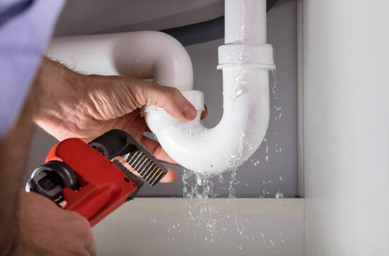 For Emergencies Call 24/7 at:
770-DRY-0101
&
770-379-0101
For Emergencies Call 24/7 at:
770-DRY-0101
&
770-379-0101
-

Water and Flood Damage
Water and flood damage can be caused by a burst pipe, a damaged washing machine hose, overflowing tub, toilet or washing machine to storm flooding, damage can occur suddenly and quickly without notice. Our certified and trained professionals use state-of-the-art, high tech equipment that includes: water extraction units, dehumidifiers, air movers and infrared moisture scan readers to ensure your property is completely and confidently restored.
-

Mold Removal & Cleanup
We provide thorough and detailed mold remediation and removal services. Our highly-trained and certified technicians utilize cutting edge technology and implement advanced methods. We also take preventative measures to ensure the mold spores never return to your property.
-

Mold Remediation
Mold is very difficult to remove and requires a more tedious removal method. It poses serious health threats and it can severely damage the structural integrity and environment of a property, which is why it’s imperative to rely on certified and trained professionals for mold remediation tasks. If you suspect and detect mold anywhere in or on your property, it is crucial to contact our certified and trained mold damage remediation technicians as soon as possible so we can help stop the problem before it gets worse. Since mold is a fungus it is constantly traveling and can reside on any surface such as flooring, furniture, walls and anywhere else. Time is of the essence so take immediate action for remediation.
-

Infrared Moisture Detection Scans
The problem faced by most property owners is that moisture behind walls, over ceilings and under floors is often impossible to detect until the problem is excessive and visible to the naked eye. Since the investigation and removal of infestations is often difficult, technology is now being used to do what once was impossible. This technology uses infrared moisture detections scans that detect heat, cold and moisture in structures.

Mold Inspection & Testing
When to inspect for mold:
Damage from water – If your basement gets flooded, roof leaks, or a broken pipe, you need to inspect for mold. Any place that gets wet and not quickly dried (within 24 to 48 hours) could become contaminated by mold.
Purchasing a New Home – There is no way to know what kind of damage may have occurred in the home you’re planning to buy. The only way to find out if mold is present is to do a mold inspection.
Unoccupied Home – If a house has been closed up and unoccupied for a long duration of time like in months or years, humidity can build up inside and cause mold to grow. This is especially prevalent in warmer areas with high humidity.
After Mold Remediation – If you’ve gone through the often expensive and difficult steps to deal with a mold problem, regular mold inspections are a good idea to make sure you’ve permanently gotten rid of it.
Evidence of Mold – If you notice some green, blue, black or white film growing in your home, do a mold inspection. It might not be restricted to one location since mold is essentially spores which can travel throughout the home via air and air ducts.
We recommend that property owners or their insurers should use infrared moisture detection scans under the following circumstances:
- After any damaging event like a flood, broken water lines, equipment failure, roof leaks, etc.
- Before warranty expiration on new construction. (In many cases, those damp basement walls are explained away as “during construction” moisture. It pays to make sure before warranty expiration.)
- Before acquiring real estate suspected of having hidden moisture damage. (Don’t believe the story about the house has been vacant and closed up. Musty odors are caused by moisture.)
- When basement walls are covered by finish materials, and the inspector cannot give a definitive answer on moisture issues.
- When suspected plumbing leaks have occurred from in-slab water supply and/or waste lines.
- When doors, windows or other openings in the structure are suspected of leaking.
- When performing an energy audit of the building to determine areas of infiltration and exfiltration.
- To determine the adequacy of insulation. Wet insulation is a poor insulator but is a great conductor of heat.
- Infrared inspection of the roof can determine the potential for ice dams, plugged drains and water retention that may cause roof damage and/or leakage.
- Locating hidden leakage and/or dampness under resilient flooring.
- Locating wet areas in non-accessible crawlspaces.
